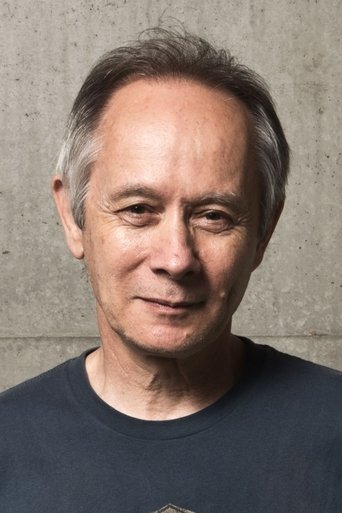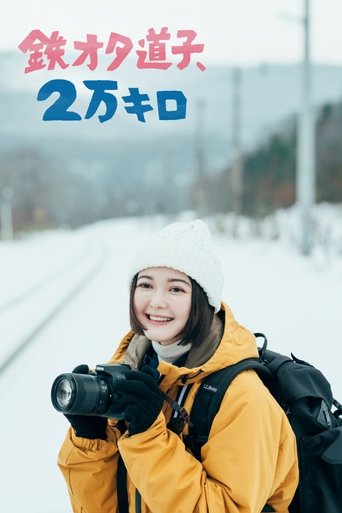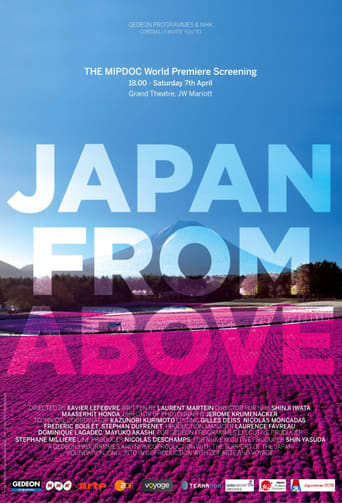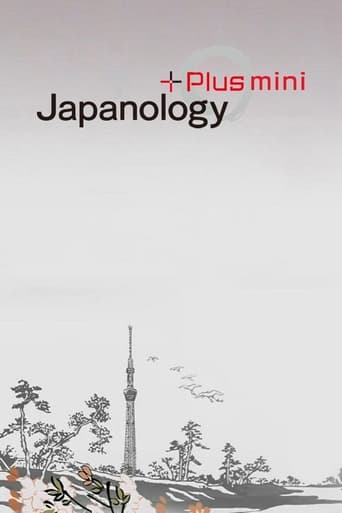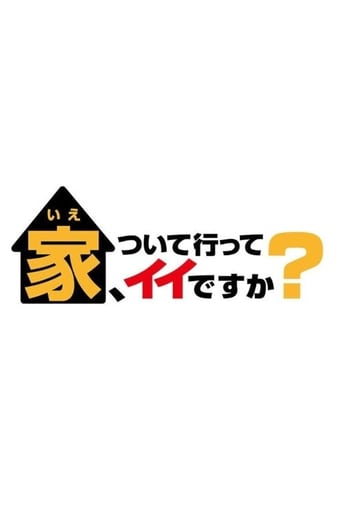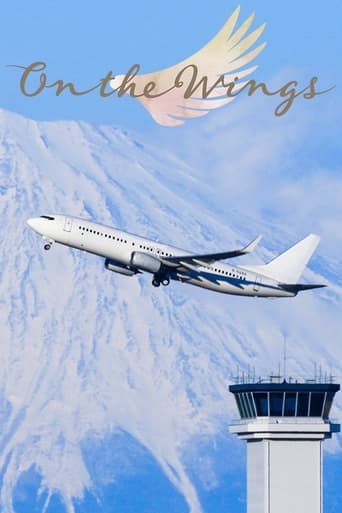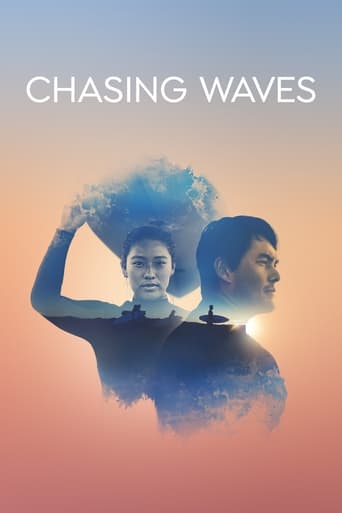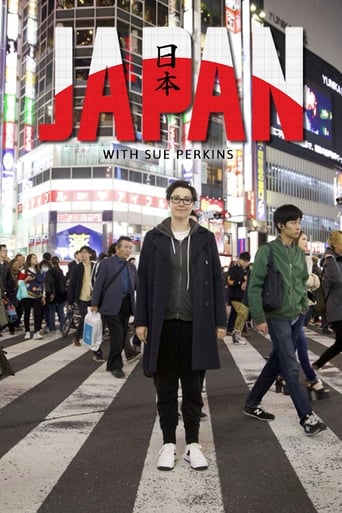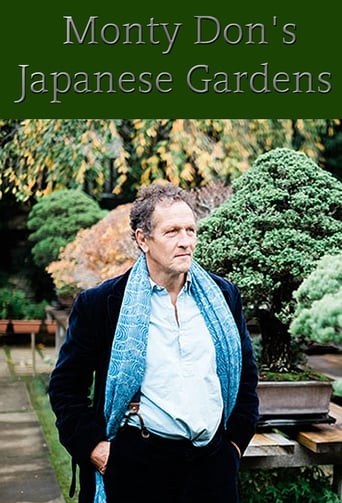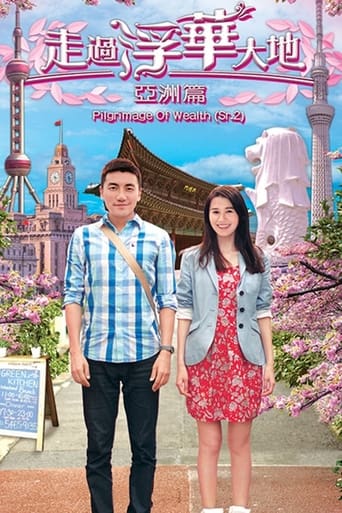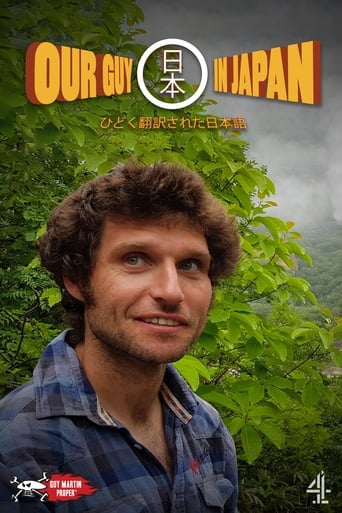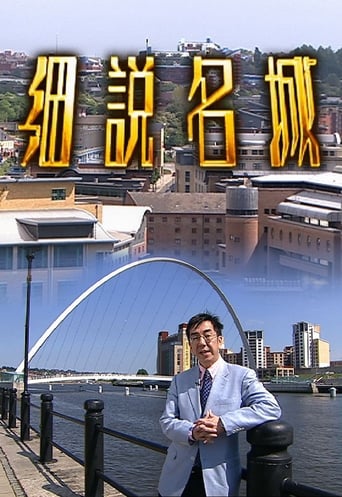
The Tokyo of 2020
In 2020, Tokyo expected to welcome people from all over the world for the Olympic and Paralympic Games. Instead, the onset of COVID-19 took it down an unexpected path. Although activity is gradually resuming, the disease remains a threat, and many people are reassessing what's important in their lives. To explore how the city has changed in 2020, Peter Barakan meets Tokyoites from other countries. Their experiences also offer an insight into the kind of city that Tokyo might become.
Country: JP
Language: En
Runtime: 49
Season 1:

Peter Barakan is a broadcaster and a 45-year resident of Japan. In this series, he discovers how Japan is changing, starting with a look at the country's capital: Tokyo. From tucked-away shrines in upmarket Ginza to secluded waterways in Nihonbashi, Peter visits the lesser-known corners of the city. What echoes of the city's history do they reveal? And where will Tokyo go from here? Join Peter to find out. The series features beautiful images created by time-lapse creator Daisuke Shimizu.

Almost immediately after the Great East Japan Earthquake in 2011, people in the Tohoku region started talking about encounters with ghosts. The region's culture and history may account for the reports. The area has experienced countless disasters and famines, claiming tens of thousands of lives. Over time, the spirits of the deceased have come to be perceived as a lingering and comforting presence. Host Peter Barakan learns how the spirits of lost loved ones can serve as a source of strength for people in Tohoku.

In 2020, Tokyo expected to welcome people from all over the world for the Olympic and Paralympic Games. Instead, the onset of COVID-19 took it down an unexpected path. Although activity is gradually resuming, the disease remains a threat, and many people are reassessing what's important in their lives. To explore how the city has changed in 2020, Peter Barakan meets Tokyoites from other countries. Their experiences also offer an insight into the kind of city that Tokyo might become.

The Ainu are the indigenous people of northern Japan. They were once subjected to cultural assimilation policies, and many of their traditions were lost. But now, young Ainu are spearheading a movement to restore their heritage. Peter Barakan meets an artisan who recreates old craft items; performers with a new take on traditional singing and dancing; and a YouTuber who presents language lessons. Barakan looks at the oppression of the past, and the possibilities that exist in the future.

Japan's Jomon period was a time of peace that persisted for over 10,000 years. As the world moves towards implementing the United Nations' Sustainable Development Goals, the sustainable practices of Jomon society are receiving renewed attention. In this program, broadcaster Peter Barakan investigates Jomon history in search of guidance for us in the 21st century. We see buildings and artifacts at one of the largest Jomon ruins in the country, and meet craftspeople inspired by Jomon culture.

Okinawa Prefecture is a group of subtropical islands in the south of Japan. It previously thrived as a separate country called the Ryukyu Kingdom, which maintained its independence for 450 years. It did this by accepting and incorporating foreign influences. That approach proved useful once again in the 20th century, during the postwar US occupation. In this program, broadcaster Peter Barakan meets people who worked hard to heal the wounds of war, and reconstruct Okinawa's cultural heritage.

When pirates operated in Japan's Seto Inland Sea around 500 years ago, the largest group, the Murakami Kaizoku, certainly did not fit the conventional image of pirates. They actually protected shipping rather than attacking it. They also had a refined sense of culture and assimilated foreign influences. In this program, broadcaster Peter Barakan meets people who have historical links to, or who have studied, the Murakami Kaizoku, to find out what these unusual pirates were really like.

Tanaka Isson, an artist known as Japan's "Gauguin," moved to the subtropical island of Amami Oshima at the age of 50 after years of struggle. He then spent highly productive years there painting its striking flora and fauna until his death at the age of 69. In order to follow in Isson's footsteps, Peter Barakan travels to Amami Oshima, where, in addition to many unusual biological treasures, he discovers how the distinctive cultural traditions of Amami Oshima were shaped by a history of hardship.

In the 19th century, writer Lafcadio Hearn (Koizumi Yakumo) helped introduce Japan to the wider world. Peter Barakan visits Izumo to learn about the natural and unseen realms that Hearn treasured.

Pioneering ecologist Minakata Kumagusu explored the forests of Kumano. Join Peter Barakan as he follows Minakata's path and discovers a universe in nature.

